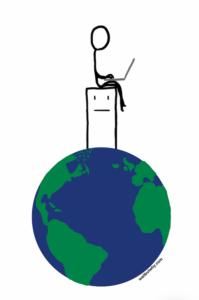30 September 2022 | Venture Capital
AI Arrives
By
AI AND VENTURE
AI has Arrived
Earlier this week Sequoia released a new essay, Generative AI: A Creative New World. It lays out 4 areas where generative AI could unlock breakthrough products: Text, Code, Images, and Video.
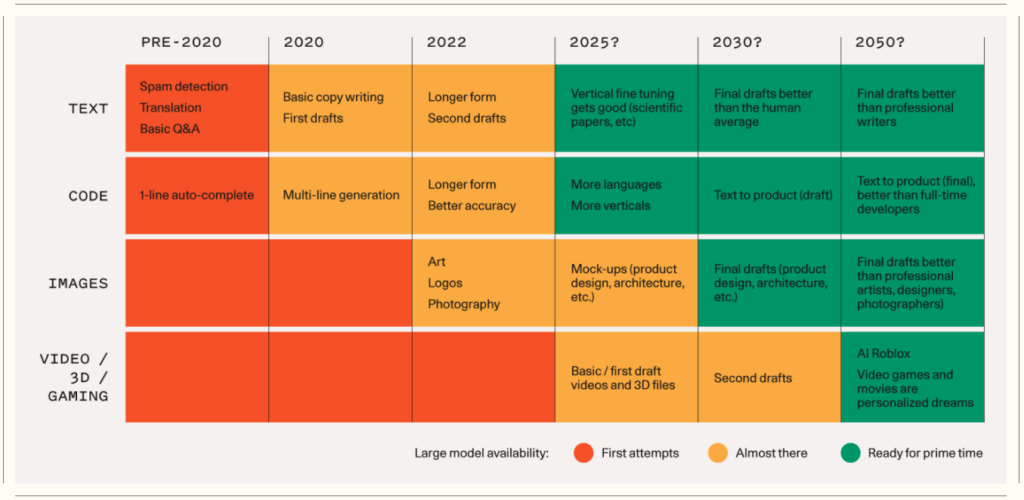
Sequoia seems to believe that generative AI will be the next great tech wave and that now — with AI models more powerful than ever, cheap to create, and evolving lightning fast — is the time for startups to start product-izing it.
They’re literally requesting people start new AI companies.
They’re not alone. Ben Thompson at Stratechery just published The AI Unbundling. Sarah Guo at Bessemer posted The Age of Open Models. Twitter is runneth over with hot takes.
It’s still early but a few dozen companies have already started to tackle AI:

Why Now? A Recent History of AI
AI is exploding. Stable Diffusion and GPT-3 grabbed headlines and wowed the internet with image and text generation. Hundreds of people are ‘prompt engineering’ — learning how to craft the exact right commands to use the models to create images. As I’ve written before they’re still mostly toys but they’re extremely powerful.
Those models like all generative AI today, are Transformers, a new class of AI model invented in 2017. Transformers learn fast and use complex math to map relationships between data.
For instance, GPT-3 is a transformer model focused on language that was trained on ‘common crawl’, virtually the entire internet. It learned language by mapping relationships between every single word. Now it can write ad copy, summarize news articles, and generate prose in the style of Hemingway.
Today an open source movement has taken root. With tens of thousands of pre-trained models available for free online, plus cheap cloud computing to train new AI if you’re so inclined, the time is ripe for builders to start shaping products.
From Sequoia’s Generative AI: A Creative New World:
Just as mobile unleashed new types of applications through new capabilities like GPS, cameras and on-the-go connectivity, we expect these large models to motivate a new wave of generative AI applications.
What Comes Next?
That is largely up to the builders who create the next wave of startups on AI — maybe you? — but we can take some guesses. My favorite examples come from Sarah Guo. In her article The Age of Open Foundation Models she talks about AI assistants:
We will have ambient assistants for every function: selling to customers, writing PRDs, writing code, running a Shopify operation, helping you grasp a new subject…
We’ll progress from “autocomplete” and utilities to remote digital employees.
For enterprise, early experiments are already here. GitHub Autopilot is already writing large chunks of code for developers. In some cases 25% of the code that goes into final projects.
Several writing tools are tackling ad copy generation and others like Grammarly and Sudowrite are giving superpowers to writers.
I recently wrote about Canva’s push to build a developer ecosystem. It’s only a matter of time until someone builds a Canva app to take advantage of generative image AI.
Most impressive is probably Runway. Runway is using AI to build tools for computer graphics artists. They can generate in seconds what would take artists hours to do by hand. They’re also part of the team behind Stable Diffusion and I did a deep dive into the company with the founder last year.
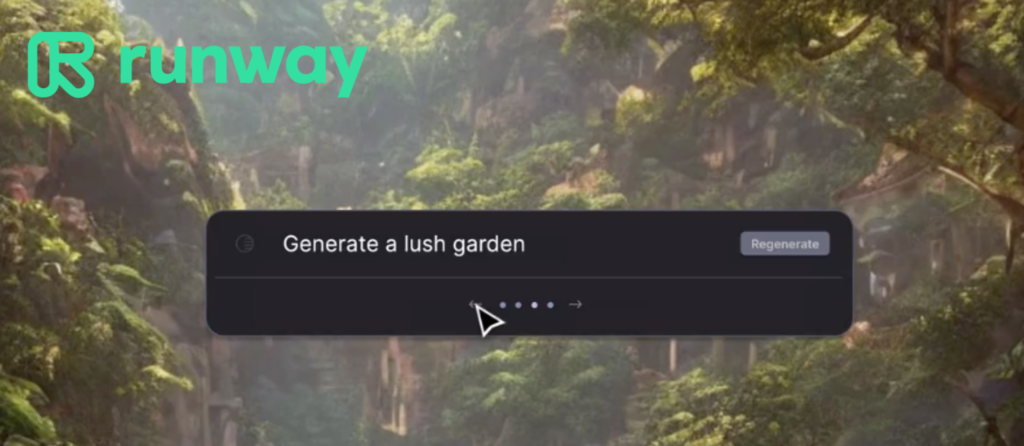
The 5th Element
To drastically oversimplify, the internet today is built on 4 features: Instant communications, near infinite storage, excellent search, and compute — computers are really good at math.
Those 4 features of computers have unlocked the modern world as we know it:
Instant Communications: Zoom, Uber Eats, billions of users on Social Networks…
Storage: Wikipedia and the entire Web
Search: Google, TikTok, algorithms more broadly
Compute: Video games rendering, simulations, CGI, Crypto mining
Generative AI introduces a 5th: Creation. Everything on the internet was at some point, somewhere, created by someone. In the future, the majority of content may be created by machines.
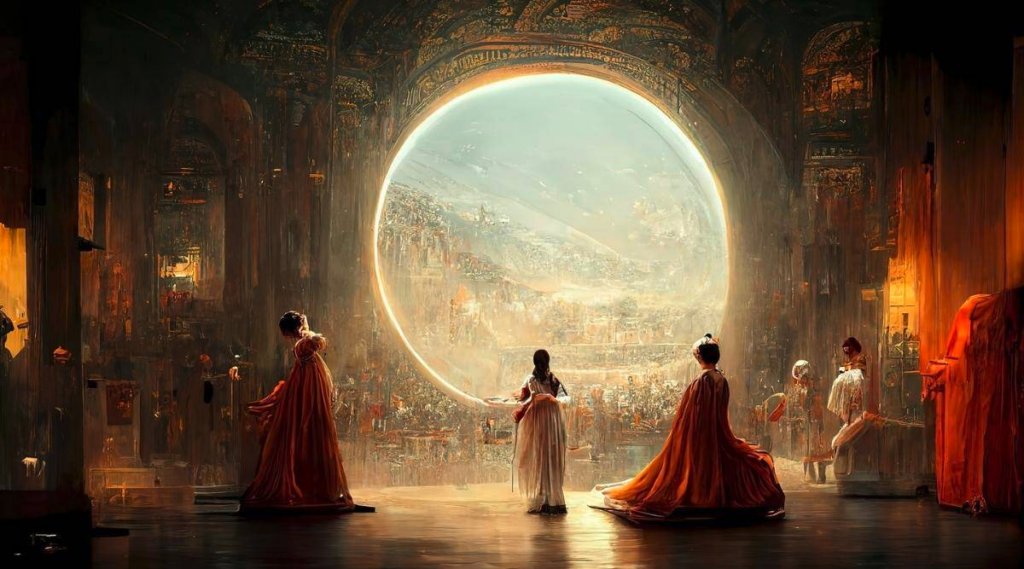
That’s the hope. In part II on Tuesday we’ll dive into the bear case for AI, a bit on how Transformers work, and the nerve center of the AI community today, Hugging Face.
ONE QUICK THING
The Twitter Protocol?
A ton of Elon Musk’s private text messages have been made public as part of the Twitter suit. Yesterday, texts with Jack Dorsey, Twitter’s founder went public and made waves in some circles. In them Jack says he believes Twitter never should have been a company.

Check it out:
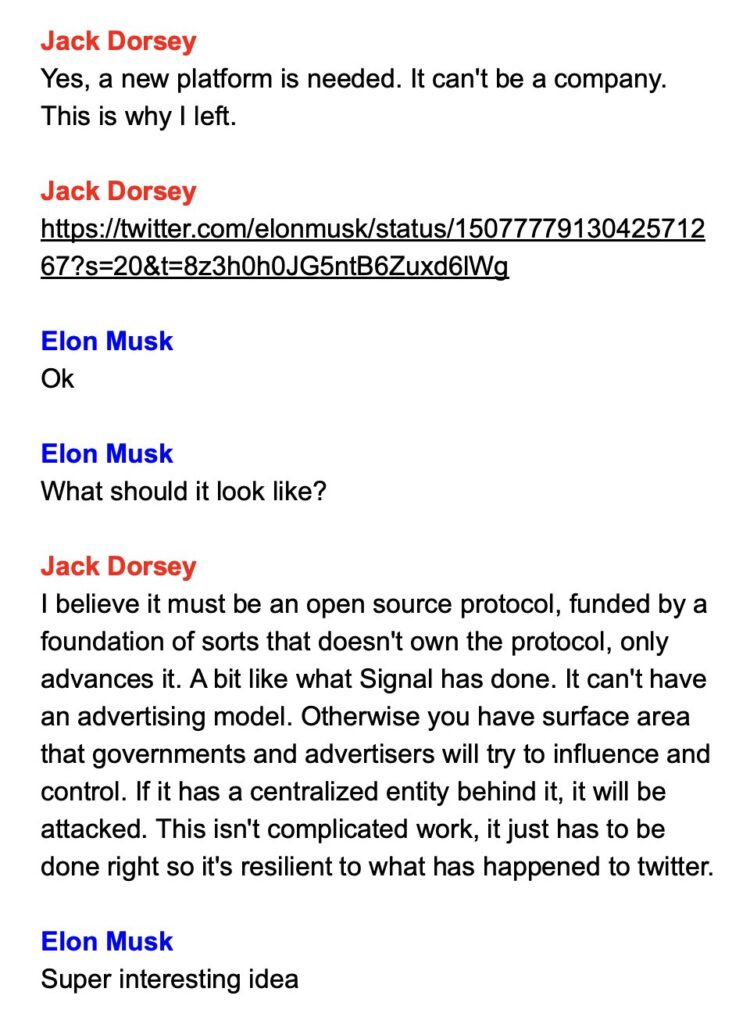
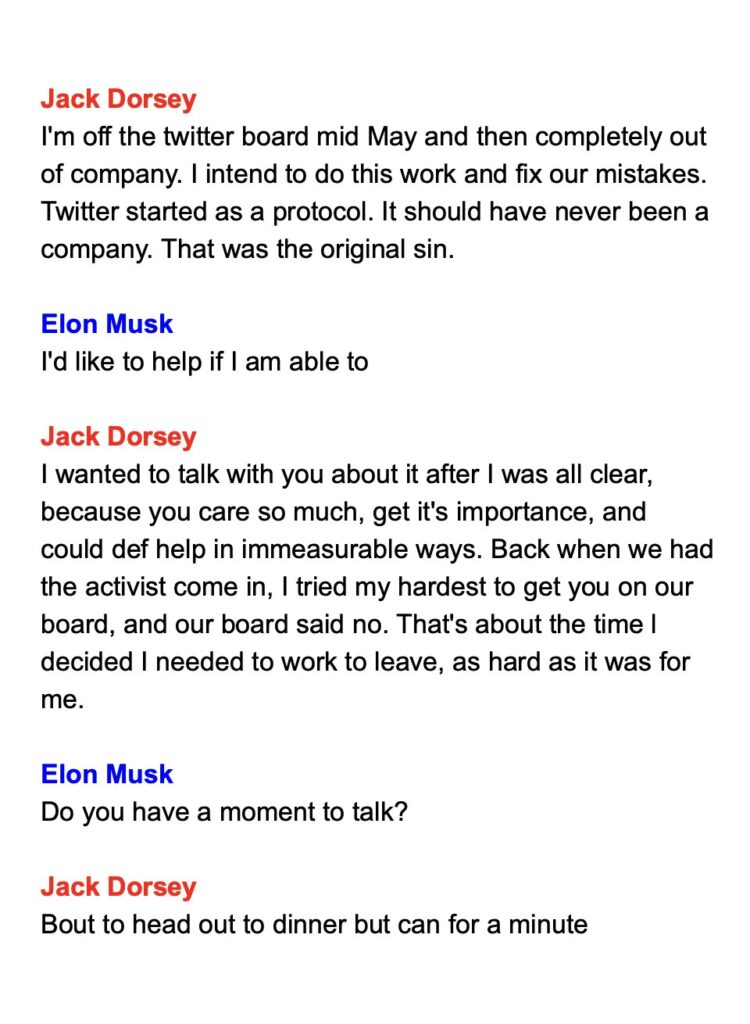
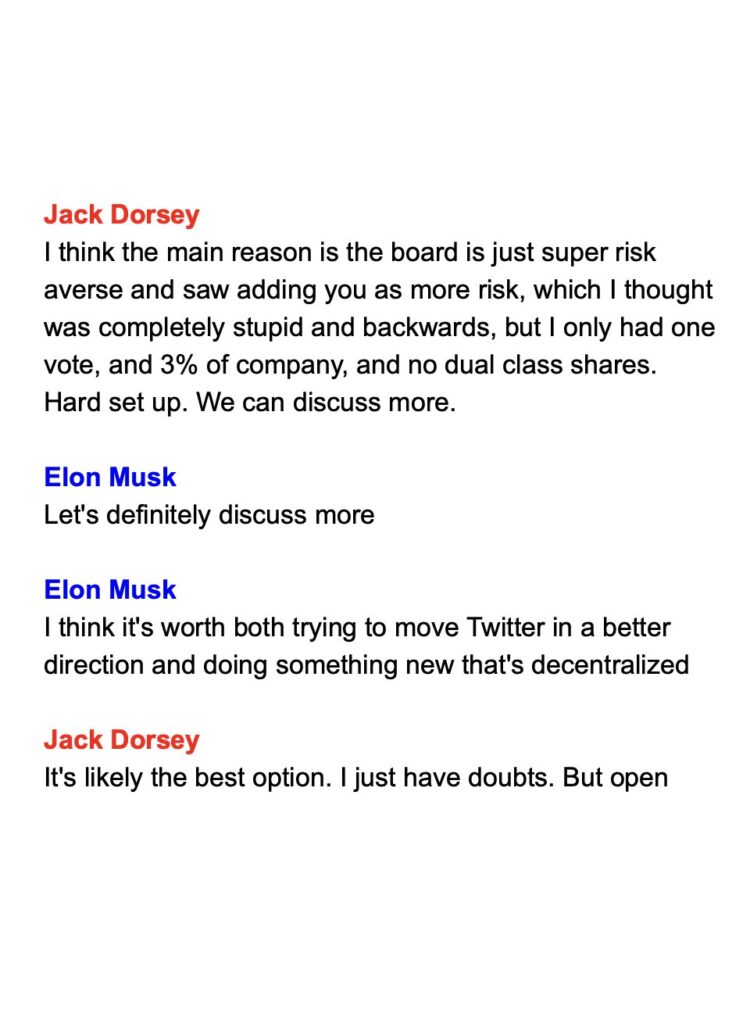
Twitter Unchained?
If Twitter was an open protocol anyone would be able to build on top of it. Different apps with colors and themes built on top of the raw firehose of Tweets. Different algorithms to sort and show Tweets.
Like email. You can have Gmail, Superhuman, Hey, Outlook… They all send and receive emails.
Today Twitter is a walled garden. A closed ecosystem that only Twitter can build on and that Twitter is responsible for. Making Tweets an open technology would take down the walls.
Notably, Farcaster a startup that’s raised $30M from A16Z Crypto, is trying to build exactly this.
ONE FUN THING
Tim Urban’s Human Colossus. The optimist’s argument for why AI is a good thing.
